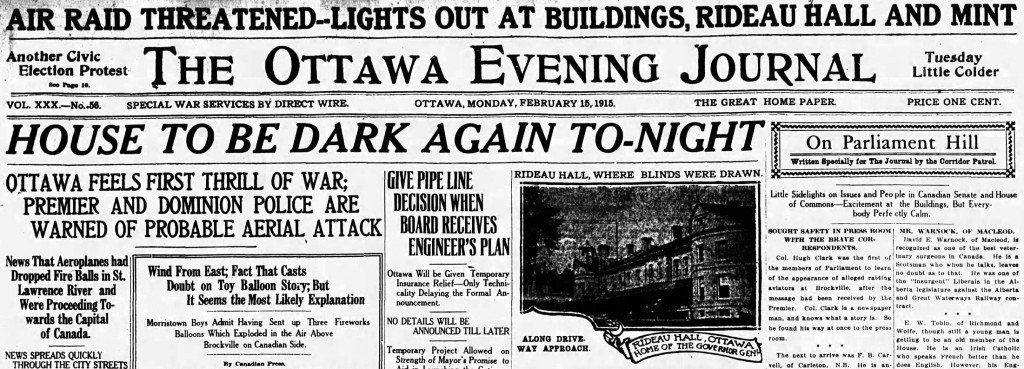Under the terms of an agreement made in 1909 between the three main British aviation bodies, the Aeronautical Society of Great Britain concentrated on 'the scientific phases of the movement', the Aero Club of the United Kingdom was responsible for 'sporting and social aspects', and the Aerial League of the British Empire, the one I'm most interested in, took on 'the patriotic and propaganda' side of things.1 In terms of this propaganda role, I've usually tended to see the Aerial League as focusing more on fostering airmindedness among elites than the masses. After all, its ranks were filled with peers, solicitors, generals, journalists, politicians and other examples of the better-off classes of society.
But while this may be fair comment for the interwar League I'm starting to realise that this misrepresents the scope, or at least the ambition, of its activities before 1914. For example, in June 1910 it organised a very successful aeronautical exhibition in the grounds of the Crystal Palace, which ran for a couple of months. Claude Grahame-White's weekly aerial displays were the major drawcard, pulling in up to 10,000 spectators; according to Charles Gibbs-Smith, there were nearly riots when bad weather prevented flying.2 After hosting a luncheon for journalists to show them how the grounds had been adapted for aviation (including the construction of 'What is termed an "aerial cottage" -- that is to say, a cottage with an aeroplane shed attached and forming a part of the design'), Colonel H. S. Massy told them 'that the object of the league was to form a great central aeronautical institute with branches all over the country at which young men of small means would be able to qualify as airmen'.3 So although, as far as I know, this scheme was never attempted, there was at least an idea that it would be desirable to help those who could not otherwise afford to learn to fly.
The motive wasn't simply altruism, of course; it was to do with that other part of the Aerial League's remit, the 'patriotic'. As Massy further explained, 'if we, in this country, allowed the fatal drowsy sense of security born of freedom from foreign attack to gain the upper hand with us, we should not only be a laughing-stock, but an easy prey to our neighbours'.4 The same motivation presumably explains the Aerial League's patronage of a play entitled War in the Air, which premiered at the London Palladium on 23 June 1913. It was written by Frank Dupree, a journalist with the Standard who had flown with Gustav Hamel from Dover to Cologne in April, in an aeroplane which was donated to New Zealand by the Imperial Air Fleet Committee. Unfortunately, I haven't been able to locate any detailed descriptions of the plot in contemporary sources, although one London newspaper ridiculed its stage effects, claiming that 'Nothing [unintentionally] funnier has been seen on the veriety stage for years'.5 However, Andrew Horrall gives a useful précis in Popular Culture in London:
War in the Air, a play designed to arouse the nation to the hovering peril, whose cast included a young Noël Coward, detailed the heroics of Tommy Vincent the commander of Britain's fictional Central Aerial Station. As in many melodramas, female weakness caused the trouble. Vincent's fiancée had unwittingly allowed Britain's enemies to dupe his pilots into believing that the north-east coast was being invaded. As the British squadron headed north, the enemy's aircraft attacked Kent. Needless to say, such an evil, ungentlemanly ruse was discovered when the emboldened fiancée cabled a new warning and was avenged unsparingly as Vincent's planes destroyed the enemy fleet over Dover. These aerial battles were carried out between planes suspended on wires above the audience. Subsequent performances in Willesden and Shoreditch proved to Londoners that British pilots would protect them, from both air and seaborne invasions.6
It sounds like it combined elements of the invasion, naval and spy fiction of the period, which I would argue is quite characteristic; the airship panic earlier in the year -- in which Dupree's paper had played an enthusiastic part -- was much the same, and another airship play which opened a few months later, Sealed Orders, had a similar mix.7 I'm not sure if the Aerial League had any involvement in War in the Air beyond its patronage, and sending along representatives on opening night (as did the Imperial Air Fleet Committee).8 It doesn't appear to be mentioned in the minutes of the Aerial League's executive committee. But what was evidently its message -- the need for aerial preparedness -- certainly fit with the Aerial League's goals.
...continue reading
- Flight, 4 September 1909, 532, 533. [↩]
- The Story of the Air League 1909-1959 (Sidney-Barton, 1959), 5. [↩]
- The Times, 7 June 1910, 12. [↩]
- Ibid. [↩]
- Quoted in New Zealand Herald (Auckland), 20 September 1913, 4. [↩]
- Andrew Horrall, Popular Culture in London c. 1890-1918: The Transformation of Entertainment (Manchester and New York: Manchester University Press, 2001), 93. Horrall's main source is The Era, 28 June 1913, 19. [↩]
Ibid.[Correction: Horrall, Popular Culture in London, 93.] [↩]- The Times, 21 June 1913, 10. [↩]

